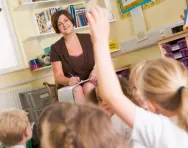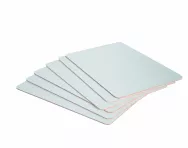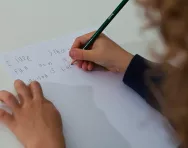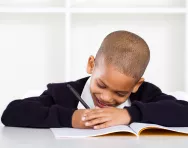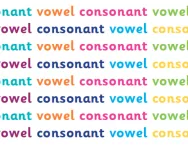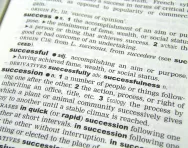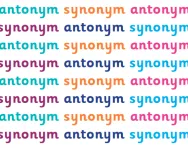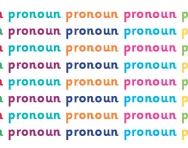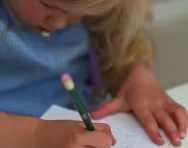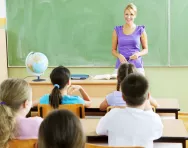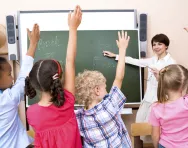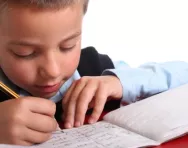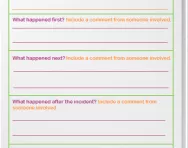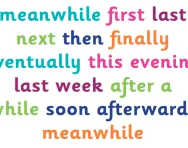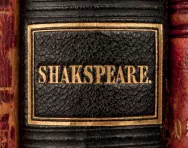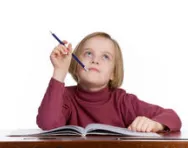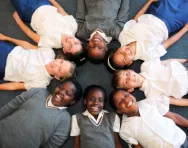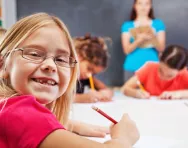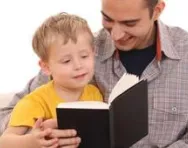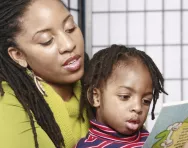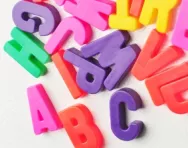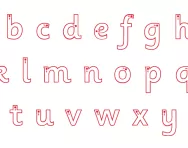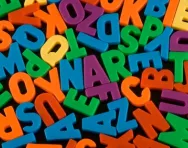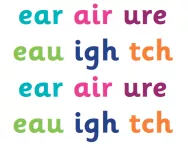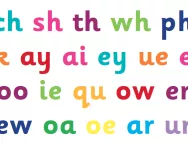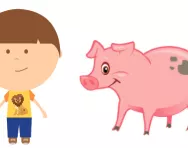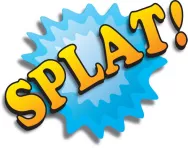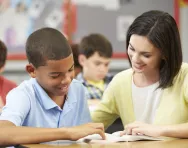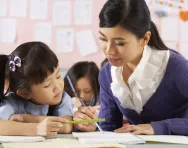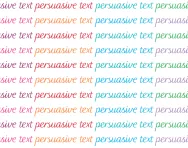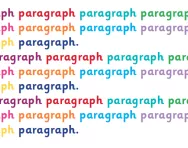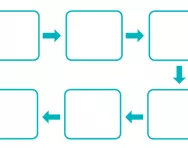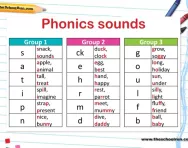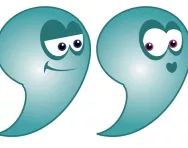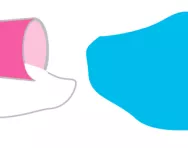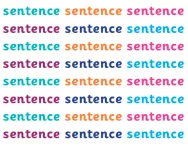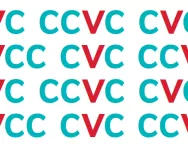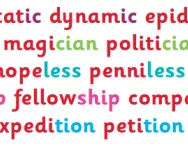What are interactive whiteboards?
Find out what interactive whiteboards are and how they enhance learning in the classroom.
What are mini-whiteboards?
Find out what mini-whiteboards are and how they enhance learning in the classroom.
What is text-marking?
Text-marking is a technique taught in schools to help children recognise the different features of a text. Find out how teachers explain the technique to children and how it can help with their comprehension of different types of texts.
What is Look, Cover, Write, Check?
Look, Cover, Check, Write is a strategy your child will be taught in schools to help them learn spellings. Find out how the technique is taught in the classroom so you can reinforce learning at home in the same way.
What are vowels and consonants?
We explain what vowels and consonants are and how primary-school children are taught to identify CVC, CCVC and CVCC words, vowel digraphs and consonant digraphs.
What is a root word?
We explain what a root word is and how prefixes and suffixes can be added to root words to turn them into words with different meanings.
What are synonyms and antonyms?
We explain what synonyms and antonyms are and how children are taught to use synonyms to improve their writing in primary school.
What is a pronoun?
We explain what a pronoun is and how primary-school children are taught to use pronouns to avoid repetition in their written work.
What is extended writing?
At school your child will be expected to produce pieces of extended writing, which is a writing task completed independently. Find out how teachers will help your child develop this skill and how you can support their learning at home.
What is modelled writing?
Modelled writing is a technique teachers use to model for children how they could carry out the thinking process when writing a story. See an example of how this process could work.
What is shared writing?
Shared writing is a collaborative technique teachers use to help children develop ways to improve their writing. See an example of shared writing at work and an explanation of how it gives children a model of what they are expected to write.
What is a letter string?
Learning certain letter strings will help your child with their reading and spelling. Find out about different letter strings and tips to help your child remember them.
What is a writing frame?
Your child will be taught to use a writing frame to help them set out stories they are writing. Find out how teachers explain how to use a writing frame and the features they contain.
What are time connectives?
Find out how your child's teacher will explain the concept of time connectives and ways in which your child will be encouraged to use them to improve their writing.
What are biography and autobiography?
In Key Stage 2 your child will learn about biographical and autobiographical texts. Find out about the features of these texts and help your child write their own texts at home.
What is an explanation text?
An explanation text is a specific type of writing and includes some identifiable features. Find out how your child's teacher will teach explanation texts and what your child needs to include in their own explanation texts.
What is a non-chronological report?
A non-chronological report is a piece of text that isn't written in time order. Find out how your child is taught to read and write non-chronological reports in primary school.
What is brainstorming?
Children learn how to brainstorm in school to generate ideas and solve problems. Find out how teachers encourage children to develop this skill and how it can help improve your child's written work.
What is encoding?
Find out how your child will learn to encode – hear a sound and write it down – and what you can do at home to support learning.
What is decoding?
From the first years of school your child will learn to decode written words and say them aloud. Find out how teachers teach decoding and how you can support learning at home.
What is blending?
As they learn to read, children are taught individual sounds and then how to link them together to form words. By the end of Reception your child will be able to blend sounds together; find out how your child will be taught blending in school and how you can support learning at home.
What is a letter sound?
By the end of EYFS your child should know the sound each letter makes. Find out how your child will be taught letter sounds in school and how you can support learning at home.
What is a grapheme?
Your child will be taught about graphemes as part of their phonics learning journey. We explain what graphemes are and how you can help your child understand the concept at home.
What are phonemes?
The smallest unit of sound is called a phoneme and your child will be taught about these as part of their phonics learning journey. We explain how the teacher will explain phonemes and how you can help your child when they are starting to put sounds together at home.
What is a consonant cluster?
When two consonants appear next to each other it is called a consonant cluster. We explain how teachers explain consonant clusters to children and how you can help your child spot them when you are practising reading at home.
What is a trigraph?
Your child will be taught about trigraphs as part of their phonics learning journey. We explain how teachers explain trigraphs to children and how you can reinforce learning at home.
What is a digraph?
Your child will be taught about digraphs as part of their phonics learning journey. We explain how teachers explain the concept to children and how you can help your child spot digraphs at home.
What is a metaphor?
A metaphor is a figure of speech where two things that are normally unrelated are compared to each other. Find out how teachers explain metaphors to school children and how to encourage your child to spot metaphors and use them to improve their writing.
What is onomatopoeia?
Onomatopoeia is a word that names a sound, but also sounds like that sound. Find out how teachers explain onomatopoeia to school children and how to encourage your child to use it to improve their writing.
What is guided reading?
A guided reading or whole class reading session takes place every day in school. We explain what happens during these sessions and how you can help your child develop the skills of decoding and comprehension at home.
Teachers’ tips for reading comprehension
Reading comprehension exercises are a staple homework activity, not to mention a significant part of SATs. Lucy Dimbylow asked teachers for their insider tips on getting to grips with comprehension and how to help your child at home.
What is persuasive writing?
Persuasive text is written to make the reader do something. Children are taught this form of non-fiction text in Key Stage 2; we explain the key features of persuasive text and how you can support your child's learning at home.
What is a paragraph?
Paragraphs are sections of text, used to structure writing to make it clear and easy to read. We explain how the use of paragraphs is taught in KS2 and how you can help your child improve their writing by using paragraphs at home.
What is a story map or story mountain?
Your child will be taught to use different planning and analysis tools in primary literacy. Story maps, story flowcharts and story mountains are diagrams to help them think clearly about the plot and structure of what they're writing. We explain what parents need to know.
What is phonics?
Sort your phonemes from your graphemes, decoding from encoding and digraphs from trigraphs with our parents' guide to phonics teaching. Our step-by-step explanation takes you through the different stages of phonics learning, what your child will be expected to learn and the vocabulary you need to know.
What are direct and indirect speech?
From Year 3 onwards your child will learn to write direct speech (quoting exact words spoken) and indirect speech (reporting a conversation). Our parents' guide covers the use of speech marks and how your child will cover this area of punctuation in the classroom.
What is a simile?
In Key Stage 2 children learn to recognise the use of figurative language in the texts they are reading. They will also be encouraged to use similes (and perhaps metaphors) in their writing. We explain how to identify similes and encourage your child to use them to improve their written work.
What is sentence level work?
Sentence level work is everything your child will be taught about grammar, text content and punctuation in the primary-school classroom. We offer some examples of activities to help them practise and improve their writing at home.
What are CVC words, CCVC words and CVCC words?
Phonics teaching introduces children to CVC words (consonant vowel consonant), then CCVC words (consonant consonant vowel consonant) and CVCC words (consonant vowel consonant consonant). Understand how teachers will present the different words in the classroom and how to support your child's learning at home in our parents' guide to decoding and blending sounds.
What is a suffix?
Suffixes are word endings. Children learn suffixes and how to use them to help them improve their spelling and understand of nouns, verbs, adjectives and adverbs. Find out more about how to help your child with KS1 and KS2 spelling and the use of suffixes in our guide.
